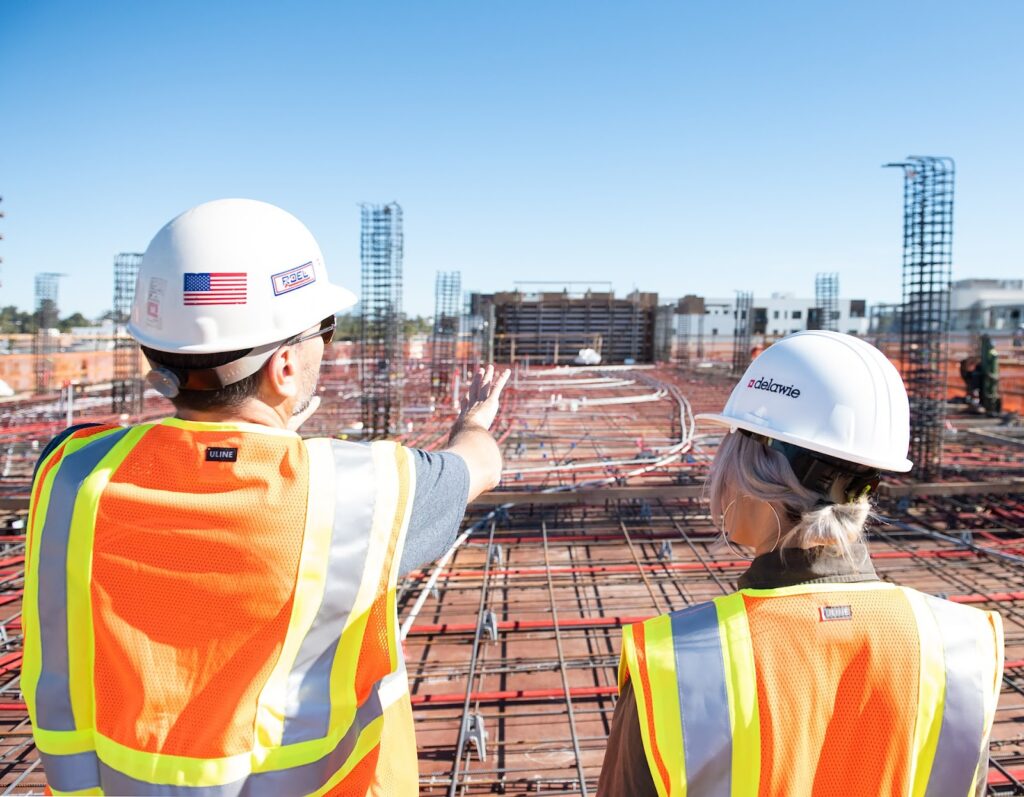Safety in the workplace is of utmost importance and should be respected by both employers and employees. While every occupation has its own set of risks, working at heights is particularly dangerous and requires strict adherence to safety protocols. Falls from heights can result in serious injuries or fatalities, so it’s crucial to be aware of the potential dangers and take necessary precautions to minimize the risks. To help you get started, here are the essential safety tips for working at heights to ensure a protected work environment.
Obtain proper training for working at high-altitude jobs
Before undertaking any work at heights, a person needs to undergo proper training to gain the necessary knowledge and skills to safely navigate high altitudes. Training programs cover topics such as the correct use of equipment, recognizing and responding to emergencies, understanding the impact of adverse weather conditions, and adopting safe practices.
By enrolling in working at heights training, employees can enhance their awareness of potential hazards and learn how to mitigate risks effectively. Furthermore, employers should prioritize providing comprehensive training programs to their employees, ensuring that they are equipped with the necessary skills and knowledge to carry out their tasks safely.
Use appropriate personal protective equipment (PPE)
Wearing the right personal protective equipment is crucial for any hazardous job, including working at heights. In this case, PPE includes items like safety harnesses, helmets, non-slip footwear, and high-visibility clothing. These protective gears help safeguard workers from falls, head injuries, and other risks involved with high-altitude jobs.
Before starting a task, make sure that PPE is properly fitted, regularly inspected, and in good working condition. Every employee must be trained on how to use and maintain their protective equipment correctly. Also, employers should provide PPE that complies with the newest industry standards and regulations, as well as invest in new gear as recommended by experts and manufacturers.
Conduct regular equipment inspections
Besides using the proper PPE, regular inspections of equipment used for working at heights are vital to identify any potential issues or defects, like ladders, scaffolding, and harnesses. Faulty or damaged equipment should never be used, as it significantly increases the risk of accidents and endangers human life.
It’s up to employers to implement a thorough inspection schedule to assess the condition of equipment and identify any necessary maintenance or replacement intervention. Employees should also be encouraged to report any defects or concerns regarding equipment to their supervisors immediately, regardless of how small.
Maintain effective communication and teamwork
Effective communication and teamwork allow workers to share information, coordinate tasks, and respond promptly to any emergencies or hazards. The key is to establish a reliable communication system, such as two-way radios or hand signals, to ensure seamless communication among the team members.
Also, be strict about using personal devices for playing games, listening to music, or watching videos, anything that will prevent employees to hear each other and cause a distraction. Workers should report any safety concerns, potential hazards, or break in communication immediately. To enhance collaboration, hold regular team meetings and briefings to address issues and remind of safety practices.
Secure tools and equipment
Tools that are not properly secured at high altitudes can become hazardous objects if they fall or get detached. This doesn’t only present a threat to the worker in that area but also to individuals working below. Using appropriate securing methods, like tool lanyards and belts, can help prevent accidental drops of equipment.
Moreover, it’s vital to maintain a clean and clutter-free workspace to reduce the risk of knocking tools over the edge. Clutter, debris, and obstructions can also create tripping hazards, increase the risk of accidents, and compromise the stability of scaffolding or other structures. To prevent this from happening, encourage employees to dispose of waste properly and maintain a tidy workspace throughout the project.
The bottom line
High-altitude assignments carry significant risks that must be addressed with great care and attention. By following essential safety tips for working at heights and taking precautions, like obtaining proper training, workers can mitigate most of the risks. Employers must prioritize safety by providing appropriate PPEs, conducting equipment inspections, and fostering a culture of safety in the workplace. With all this in place, both employers and employees can ensure a safer work environment and prevent accidents that can have severe consequences.


More Stories
Look Effortlessly Stylish in the Essentials Tracksuit
Uncover the Extraordinary at Broken Planet Market!
Syna World – Your Gateway to Unique Experiences and Unmatched Excellence!